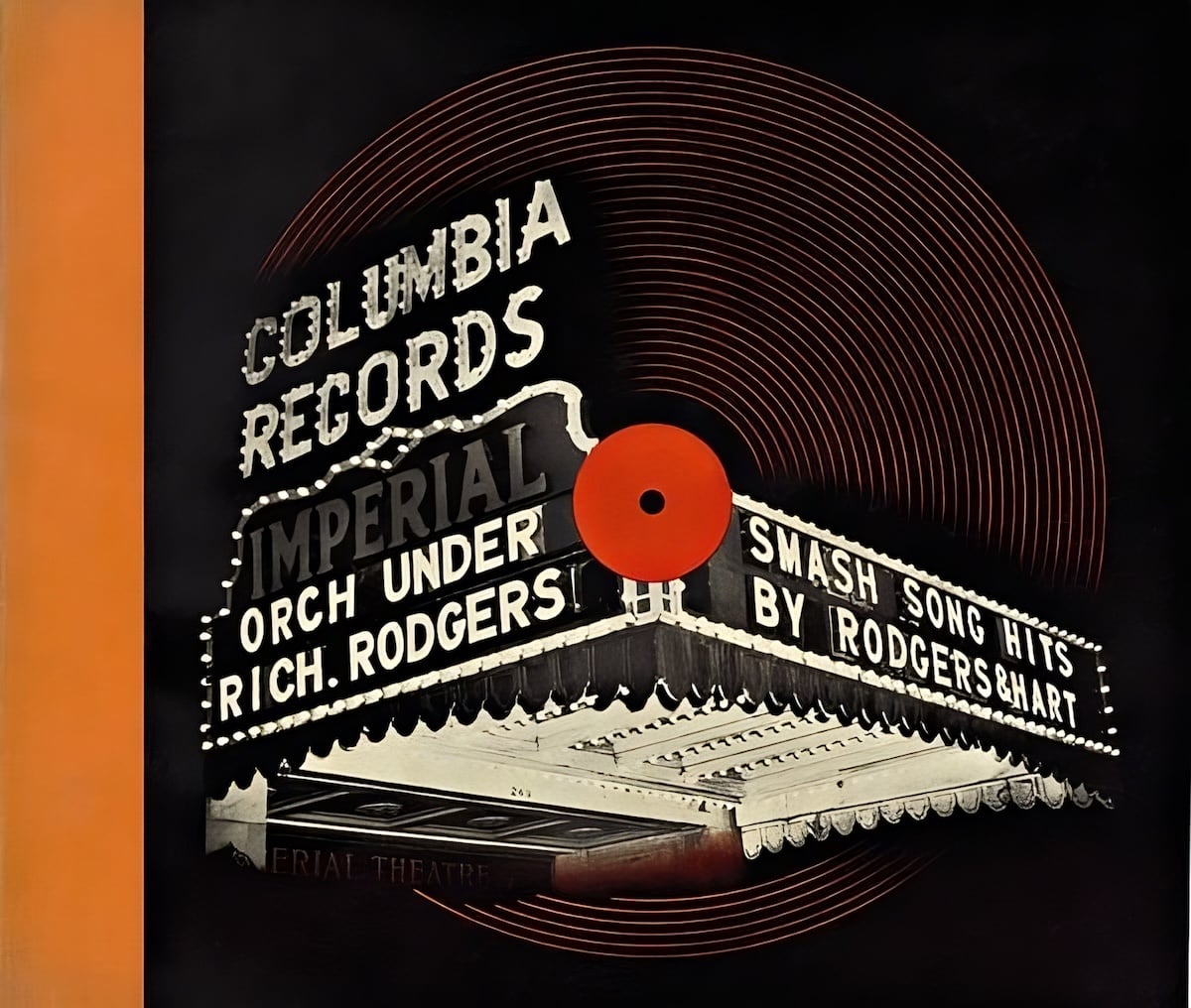
"Album art evolved as a marketing strategy, transforming the perception of records from mere audio products into valuable art forms, thus enhancing consumer engagement."
"Initially, record packaging was purely utilitarian, with basic information. However, it transitioned to artistic design as record sales increased, enhancing visual appeal."
In the early 1900s, recorded music was primarily viewed as a novelty, with early records packaged in basic brown paper sleeves. As sales picked up, particularly with Columbia Records pioneering bundled song sales resembling photo albums, the concept of album art emerged. The transition from utilitarian designs to visually appealing artwork coincided with advancements in recording technology, allowing longer play times and better sound quality. This evolution not only revolutionized packaging but also reshaped how consumers perceived music, turning records into collectible art pieces.
Read at Matthewstrom
Unable to calculate read time
Collection
[
|
...
]